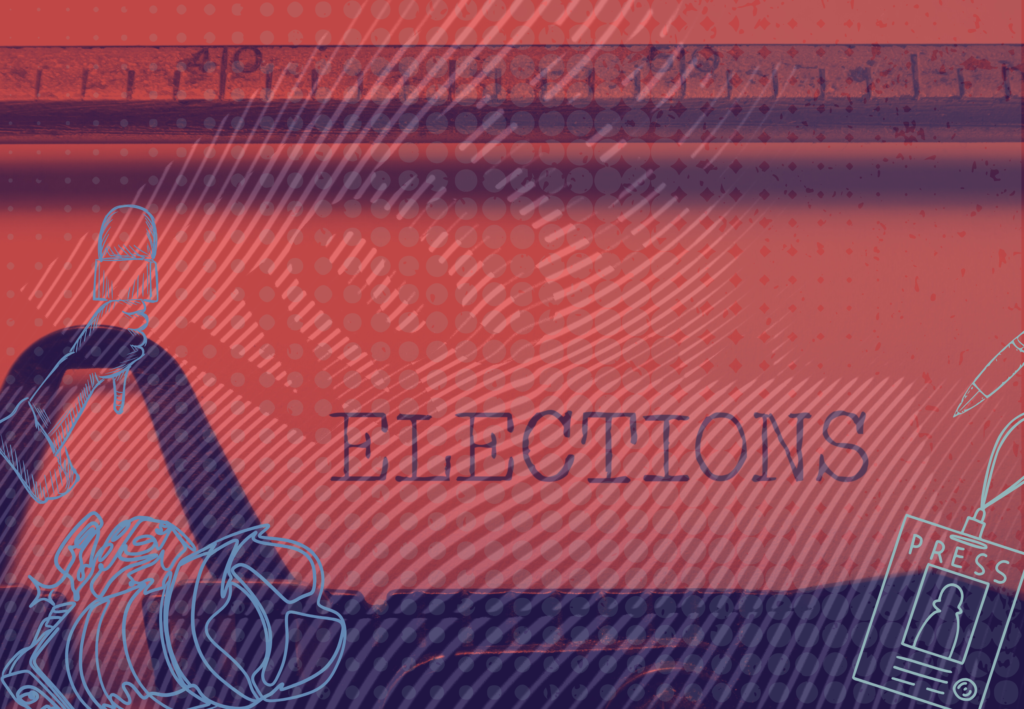Media expose hidden mechanics of pre-election activities

CHEERS to the Philippine Center for Investigative Journalism (PCIJ), TV5‘s Frontline Pilipinas, and Rappler for demonstrating how media can transcend routine pre-election coverage and provide voters with insights into the electoral process in preparation for the midterm vote.
Reports from these news organizations stood out for moving beyond surface-level reporting to dive deep into campaign finances, explain systemic gaps and structures in the political system and reveal logistical challenges and inefficiencies.
Monitoring pre-campaign spending
PCIJ‘s two-part series on campaign expenditures tracked pre-candidacy advertising spending. Carmela Fonbuena’s first report documented aggressive spending of nearly 100 political candidates and parties collectively spent huge amounts—in this case over P4 billion on television and radio advertisements—between January and September 2024 well before the official candidacy filing in October.
The second part of the series spotlighted individual spending patterns, particularly focusing on Senator Imee Marcos and Representative Camille Villar. Marcos’s advertising campaign, initiated in January 2024, escalated to an estimated P303 million in September alone, totaling P1 billion over nine months. Villar followed a similar strategy, burning funds beginning in August 2024, reaching P598 million in August and P477 million in September.
Beyond reporting on the money, PCIJ‘s journalism underscored the need for campaign finance transparency, inviting public scrutiny and exposing potential regulatory loopholes in election spending.
Demystifying the party-list system
TV5’s Frontline Pilipinas, through Ed Lingao’s report, provided a crucial public service by explaining the often-misunderstood party-list system. In a concise two-minute explainer, Lingao traced the system’s origins, emphasizing its fundamental purpose: ensuring representation for marginalized sectors in the House of Representatives.
Lingao pointed to the system’s democratic principles, explaining how voters cast ballots for parties rather than individuals, with 20% of House seats allocated to representatives pursuing specific social advocacies.
The veteran journalist’s poignant conclusion—”the party-list system is a good concept, a counter-move to political dynasties”—offered viewers a nuanced take on complex, and even abused, electoral mechanisms.
Exposing systemic wastefulness
Rappler‘s Dwight de Leon provided an instructive exploration of a bureaucratic challenge that could have remained obscured: the destruction of six million ballots by the Commission on Elections (Comelec).
The Supreme Court issued a temporary restraining orders on January 14 favoring five senatorial aspirants the Comelec previously declared a nuisance. The TRO essentially required the poll body to halt the presses to include their names in ballots, millions of which were already printed. This represents a direct cost to taxpayers.
While other media reported without explanation the court’s order and the Comelec’s vow to comply, De Leon’s January 17 report transformed what would have been sidelined as a dry administrative issue into a compelling illustration of flaws in the electoral system. By drawing parallels with similar challenges in the 2022 elections, De Leon also raised questions about rules and mechanisms that suggest which candidates ultimately end up on the ballots.
How media empowers voters as taxpayers
These reports demonstrate journalism’s potential to enhance democratic participation and understanding. They did not simply report about candidates, campaigns and court orders. They instead crunched numbers, simplified misunderstood concepts and exposed inefficiencies in election processes.
As the election landscape becomes saturated with advertisements and potential controversies as the country approaches the campaign period starting this month, such in-depth reporting becomes more crucial. Voters not only need tools to choose better leaders, they could use reporting that considers implications of election activities and scrutinizes how public funds are used in the democratic exercise.
Leave a Reply